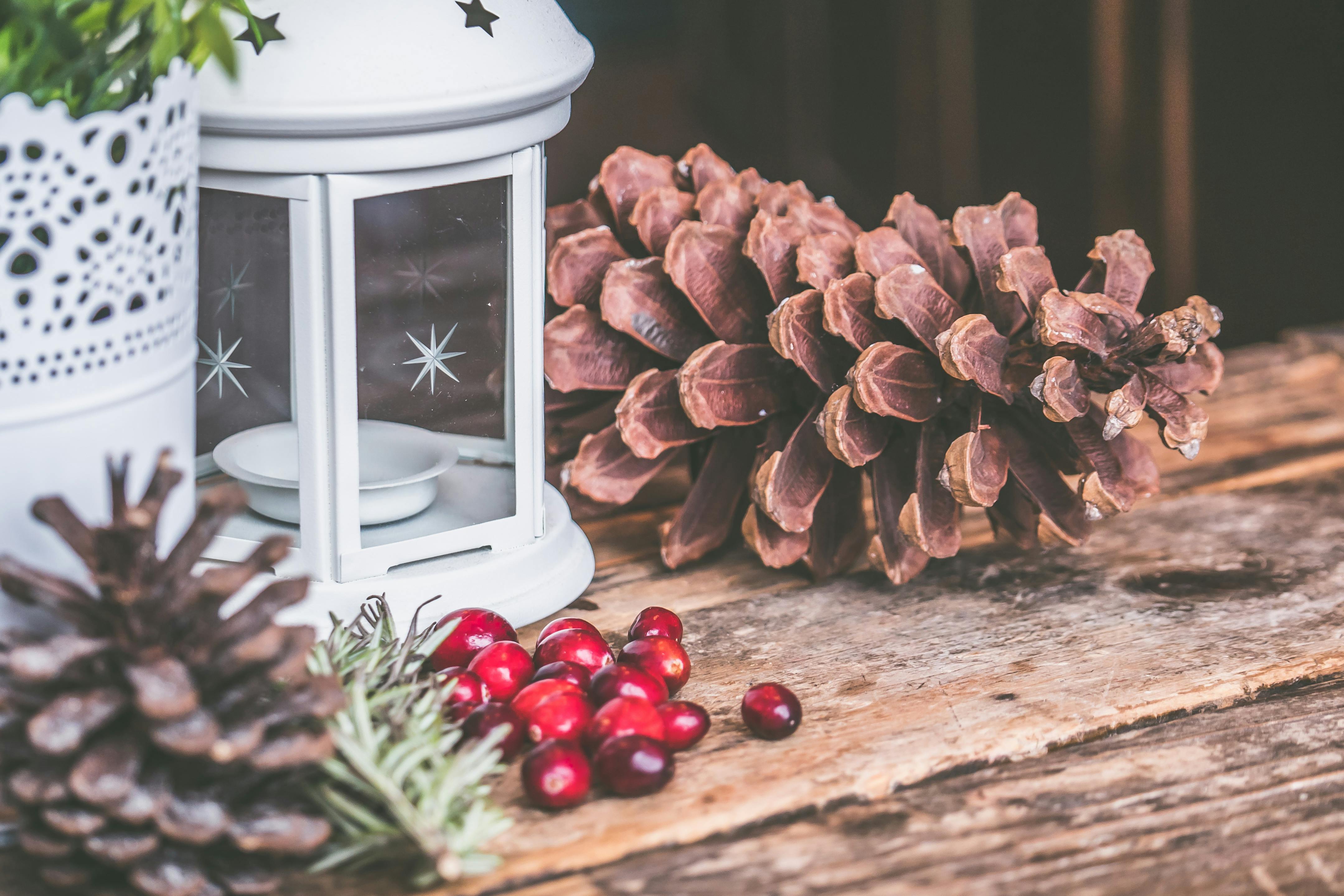
Effective Ways to Get Rid of Nose Piercing Bumps Overnight: Discover Simple Remedies in 2025!
Nose piercings can be a beautiful expression of style and personality, but sometimes, they come with unwanted bumps. Whether due to irritation, allergic reactions, or infection, these bumps can be frustrating. The good news is that there are effective ways to address them quickly, often overnight. This article explores various remedies, treatments, and practices you can use to soothe and diminish those pesky nose piercing bumps.
We'll discuss natural remedies, over-the-counter treatments, and essential aftercare tips to ensure your piercing remains healthy and bump-free. By the end of this guide, you'll have a comprehensive understanding of how to effectively manage nose piercing bumps and speed up the healing process. Let’s dive into the best practices and treatments for achieving fast relief!
Essential Aftercare Tips for Piercings
Building a solid foundation of aftercare is vital for maintaining the health of both new and existing piercings. A consistent aftercare routine can significantly reduce the risk of bumps and other complications. Understanding the importance of hygiene, cleaning techniques, and proper maintenance will help you navigate the healing process effectively.
Cleaning Nose Piercing: Best Practices
To keep your nose piercing clean and free from bacteria, it's crucial to follow a daily cleaning routine. Using saline solution is one of the safest methods. Simply mix 1/4 teaspoon of non-iodized sea salt in a glass of warm distilled water. Soak a cotton ball in the solution and gently apply it to the piercing for about five minutes. This saline rinse can help clear any irritation and promote healing.
Another effective method is to use an antiseptic solution meant specifically for piercings. Make sure it's alcohol-free to avoid dryness and irritation. These solutions can kill harmful bacteria without affecting your body’s natural healing processes.
Keeping Piercings Infection-Free
Aftercare doesn't just stop with cleaning; it involves careful observation of the healing process. Look for signs of infection such as increased redness, pus, or unusual swelling. In such cases, refrain from changing or removing the jewelry, which could exacerbate the problem. Instead, maintain your cleaning routine and consult with a professional if you notice persistent symptoms.
Avoiding Irritants for Nose Piercings
Several factors can potentially irritate your piercing and lead to bumps. Consider the products you use on your skin; harsh cosmetics, fragrances, and certain metals can contribute to allergic reactions. Stick to hypoallergenic options when selecting nose jewelry, especially for newly pierced noses, to minimize the risk of bump formations.
Natural Remedies for Piercing Bumps
In addition to proper care, there are numerous natural remedies that can soothe and reduce the visibility of bumps on nose piercings. These remedies are not only effective but also gentle on your skin, making them suitable for sensitive piercings.
Applying Tea Tree Oil for Piercing Bump Relief
Tea tree oil is widely recognized for its antibacterial and anti-inflammatory properties. To use it, mix a few drops of tea tree oil with a carrier oil like coconut or olive oil to reduce its potency. Apply a small amount directly to the bump using a cotton swab. This may help reduce redness and swelling almost overnight.

Aloe Vera for Nose Bump Soothing
Aloe vera is another natural remedy known for its soothing and healing properties. Apply fresh aloe vera gel directly onto the bump. Let it sit for about 20 minutes before rinsing off. The anti-inflammatory effects of aloe vera can help calm irritation and promote faster healing in piercings.
Chamomile Tea for Swelling Management
Chamomile tea, known for its calming effects, can also help reduce swelling. Brew a strong chamomile tea bag and let it cool. Use it as a compress against the bump to calm inflammation and provide moisture. Repeat this process a few times a day for optimal results.
Over-the-Counter Treatments for Piercings
If natural remedies aren't providing the results you need, consider over-the-counter options. There are several effective ointments and gels designed specifically for piercings that can help reduce inflammation and promote healing.
Effective Ointments for Piercings
Choose ointments specifically formulated for piercings. Look out for those containing natural ingredients like calendula or witch hazel, which can aid in reducing swelling and redness. Apply as directed on the packaging, usually up to twice a day, ensuring your hands are clean before each application to avoid introducing bacteria.
Utilizing a Warm Compress for Fast Relief
A warm compress can work wonders on inflamed bump areas. Soak a clean cloth in warm water (not hot) and apply it to the affected area for 10-15 minutes. This can help open up pores and drain any potential impurities, promoting quicker healing.
Signs of Infection vs. Bump: Knowing the Difference
It's essential to recognize whether your nose piercing bump is simply irritation or a sign of infection. Differentiating between these two can help determine the best course of action.
Identifying Symptoms of Infection
An infected piercing may present with severe redness, heat, swelling, pain, or pus formation. If you feel intense discomfort or notice these symptoms, consult a dermatologist or piercer immediately. They may recommend more advanced treatments or antibiotics if necessary.
Recognizing Normal Healing Bumps
On the other hand, a typical bump due to healing may not cause significant pain and is often localized. These bumps can taper off with consistent aftercare, and in many cases, they're a normal part of the healing process. Always give your piercing some time to adjust before panicking about bumps.
When to Seek Professional Help for Piercing Bumps
While many bumps are harmless, certain signs warrant a visit to a professional. Understanding when to seek assistance can save you from complications down the road.
Persistent Bumps After Changing Nose Ring
If you've recently changed your nose jewelry and developed a significant bump, it might be time to consult a professional. This could be indicative of an allergic reaction to the new metal or an improperly fitted piece, which could complicate the healing process.
When Bumps Don't Improve
Even with diligent care, some bumps persist. If you've tried various remedies and your bump remains unchanged or worsens, visiting a dermatologist becomes important for proper evaluation and treatment recommendations.
Common Misconceptions About Piercing Bumps
Understanding the realities behind piercing bumps can help avoid unnecessary stress. Let's debunk some common myths surrounding this issue.
Myth: All Bumps Are Infected
A common misconception is that every bump is a sign of infection. In reality, many are simply a part of the healing process and can be managed effectively with proper care. Staying informed about your piercing's healing stages will help you identify normal versus abnormal responses.
Myth: Changing Jewelry Will Fix the Bump
Another myth is that merely changing the jewelry will alleviate bumps. However, this could often lead to further irritation or bumps if the new piece isn't suited for your skin type or is poorly fitted. Always consult a professional about jewelry changes and ensure that you are selecting hypoallergenic materials.
Conclusion: Best Practices for Healing Piercings
To successfully minimize bumps on your nose piercing, prioritize hygiene and regular cleaning, invest in natural soothing remedies, and choose appropriate jewelry materials. It’s crucial to stay attentive to any changes in your piercing's condition and seek professional help if issues arise.
By implementing these strategies, you can ensure your nose piercing heals effectively, allowing it to shine beautifully without the unwanted baggage of irritating bumps. For more information on caring for piercings and natural remedies, feel free to explore further topics here and here. Stay informed, and happy piercing!
